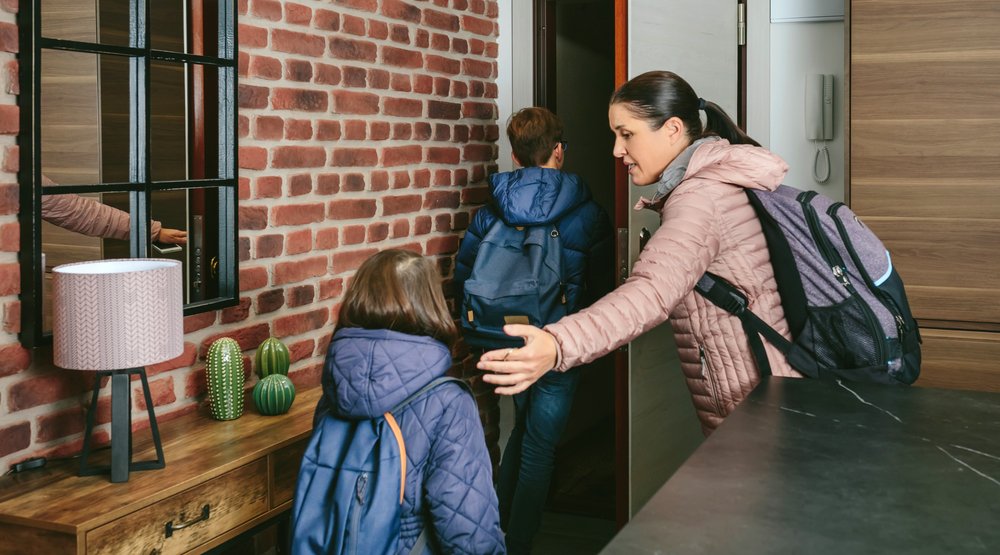Essential Guide to Family Emergency Survival Backpacks
Emergencies are unpredictable, and being prepared can make all the difference. This guide delves into the importance of having a personalized survival backpack for every family member and how to select the best one to meet your specific needs.
Introduction to Emergency Preparedness
In the face of unforeseen disasters, having a well-equipped survival backpack can provide a sense of security and preparedness. Individual backpacks ensure that each family member has access to essential items tailored to their needs.
Designing Your Survival Backpack Quality and Durability

A high-quality survival backpack is a cornerstone of emergency preparedness. Look for bags with double stitching, durable materials, and a robust design to withstand harsh conditions.
Organization and Compartments
Organization is key in emergencies. Multiple compartments help in segregating items for easy access and efficient storage.
Tailoring Backpacks for Each Family Member Adults’ Survival Backpacks
Adult backpacks should have sufficient space and specialized compartments for essential items like food, water, and first aid supplies.
Children and Teenagers’ Backpacks

For children and teens, backpacks should be height adjustable and made from lightweight yet sturdy materials. Consider the child’s ability to carry and manage the backpack.
Babies and Toddlers’ Essentials
It’s crucial to have a dedicated bag for babies and toddlers. While they can’t carry it, having their supplies in one place is vital for quick access.
Advanced Features of Survival Backpacks Waterproofing and Material
Waterproof or water-resistant backpacks are essential to protect your supplies from the elements. Look for durable nylon or similar materials.
Frame Types and Their Advantages
Backpacks come with internal or external frames. For teenagers and adults, framed backpacks offer better support, especially for heavier loads.
Accessibility and Convenience

Backpacks with easy-access pockets and hooks are invaluable for quick retrieval of items without having to stop and unpack.
Comfort and Practicality in Design Ergonomic Features
Comfort is crucial. Padded straps and back support can make carrying a loaded backpack more manageable over distances.
Expandability and Capacity
An expandable backpack ensures that you can fit all necessary items. This feature is particularly useful as children grow or when additional items are needed.
Additional Considerations Hydration Compatibility
Staying hydrated is vital. Backpacks with hydration pockets or compatibility are a significant plus, especially for longer journeys.
Wicking Fabric Technology
Backpacks made of wicking fabric help keep contents dry. This material is also often padded for additional comfort.
Conclusion
Having a survival backpack for each family member ensures preparedness in emergencies. Tailoring these backpacks to individual needs guarantees that everyone has access to essential supplies, enhancing safety and comfort during uncertain times.
Frequently Asked Questions
- What should be included in a child’s survival backpack? A child’s survival backpack should contain essentials tailored to their age and needs. This includes water, non-perishable snacks, a small first-aid kit, a change of clothes, and age-appropriate emergency tools (like a whistle or flashlight). It’s also important to include comfort items, such as a favorite toy or a family photo, to provide emotional support in stressful situations.
- How often should I update the contents of the survival backpack? The contents of a survival backpack should be reviewed and updated every six months. Check for expired items, especially food and medication, and replace them as needed. Additionally, update clothing and shoes to accommodate growing children, and adjust supplies based on changing needs or seasons.
- Are there any specific brands recommended for high-quality survival backpacks? While there’s a range of brands offering quality survival backpacks, some well-regarded ones include Osprey, The North Face, and 5.11 Tactical. These brands are known for their durable materials, ergonomic designs, and practical features. However, the best brand for you may depend on your specific requirements, such as size, features, and budget.
- How can I teach my children to use their survival backpacks effectively? Teach your children about their survival backpacks through regular discussions and practice drills. Familiarize them with each item in the backpack and its purpose. Conduct mock emergency scenarios where they have to quickly grab their backpacks and follow an evacuation plan. This not only teaches them how to use their backpacks but also helps reduce panic in real emergencies.
- Is it necessary to have a survival backpack even in urban areas? Yes, it’s advisable to have a survival backpack even in urban areas. Emergencies like natural disasters, power outages, or other unforeseen events can happen anywhere. An urban survival backpack should be equipped with essentials like water, food, a flashlight, a multi-tool, and a first-aid kit to help you stay safe and self-sufficient until normal conditions resume.








